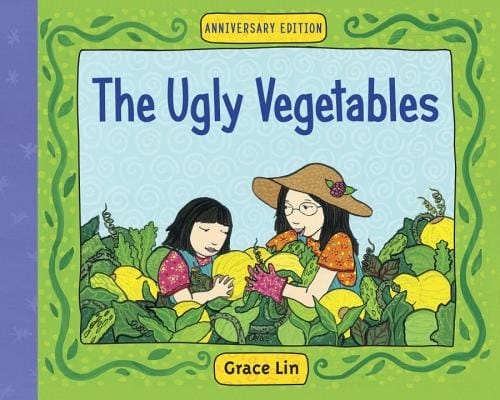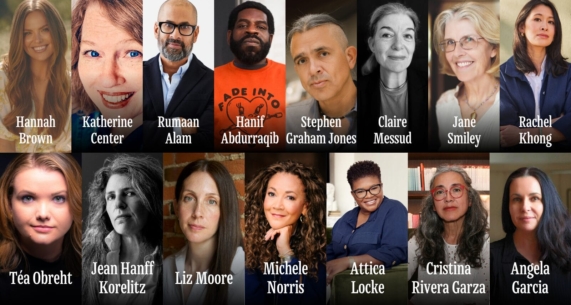Pictured above: Reading Indian-ish with a side of Chaat Masala Almond Butter Toast
Join us in celebrating Asian American/Pacific Islander Heritage Month! We’re highlighting AAPI literature and members of our state’s literary community—starting with our own Logistics and Volunteer Coordinator, Nicole! Here, she explores her love of cookbooks and food writing, as well as the vital connection between food and cooking and her cultural identity.
**
Growing up, it always felt as if, while I was both Asian and American, I somehow didn’t fit either of those categories. Considering myself more Asian would garner strange looks at my clearly half-Caucasian facial features, yet growing up so little in America meant friends often ate dinner at home prior to sleepovers at my house for fear that we would serve them Fish Head Curry (which we never did). But I always connected with the cultural identity of Singapore because that was all about food. Singapore itself is a big melting pot of people and cultures, and the great connector has always been food. Being half Singaporean meant I grew up with an opinion on everything related to food, and knowing I could at least relate to other people through that, because everyone needs to eat.
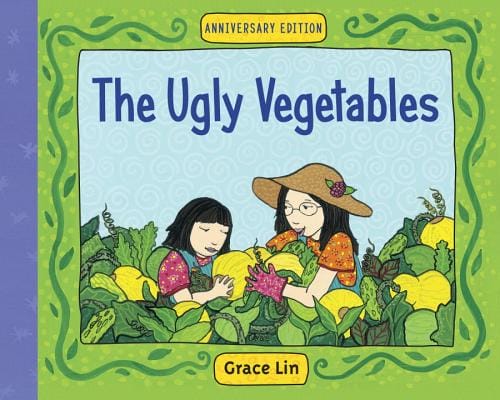

Doing the “recipe hover”
My mom’s recipes always consisted off “a bit of this” or “a splash of that,” and eventually we would get to the “and now let the flavors sit and talk to one another” step. I didn’t know how important those recipes would be until I lived on my own and began to miss those flavors. When I visit my mom now, I’ll ask her to make a dish and then hover around her with a notepad, trying to create a set of cooking steps. I write out these recipes knowing that if I wasn’t willing to take the time to do this, the delicious dishes she’s created over the years would be lost forever.
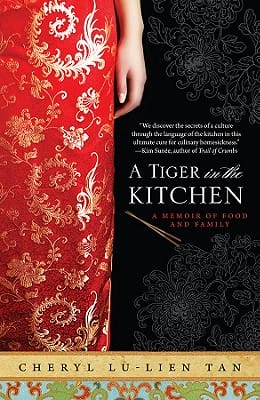

Hot Dog Fried Rice
My mom’s recipes range from very traditional dishes like beef rendang or sambal goreng to hand-tailored dishes from my childhood, where she would throw fried hot dogs into her fried rice to get my brother and me to eat leftovers. It was very clear that she cared for us through how she cooked, that preparing us food was the equivalent of her saying, “for whatever you are celebrating or going through, I’m here.” Connection with food is important for so many cultures because it somehow signals a level of openness, an invitation to celebrate the other’s cultures through taste. This is why I read cookbooks like novels: each recipe tells a story about the creator and their relationship to food and culture.
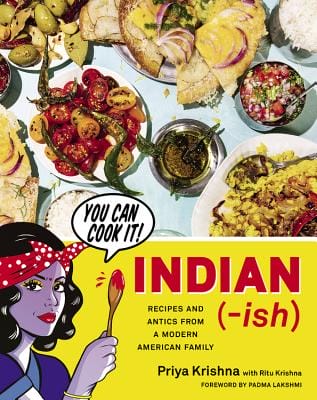
This type of marriage of food cultures really speaks to me, an unexpected reflection of myself in food. It always was hard to understand myself based on labels, but I’ve been learning about myself based on my taste in food. When you’re able to figure out your tastes and what you find personally interesting, it tells you more about who you are as a person. For me, a Singaporean-American who particularly likes fried meats and aromatic spices, that’s something I can identify with.

